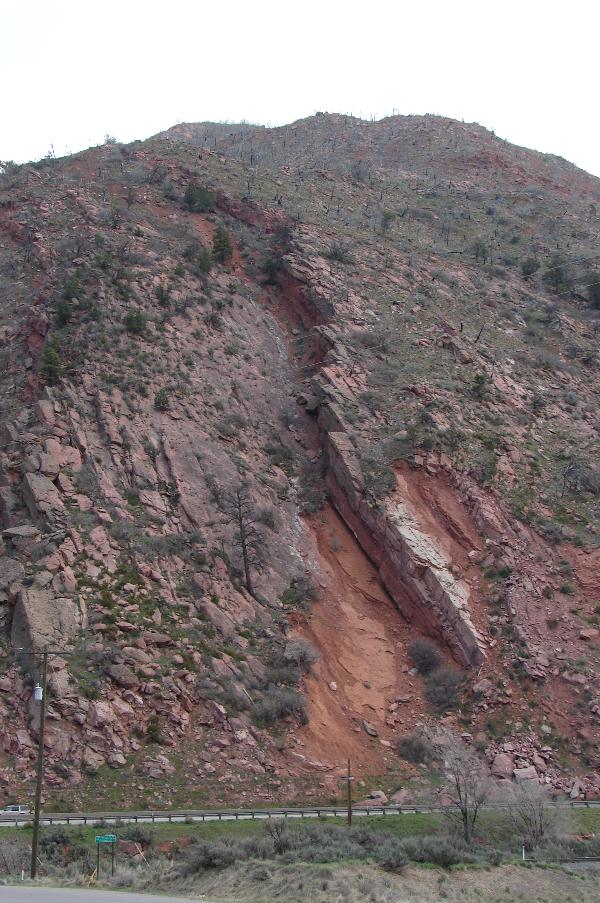Underground Fires

Underground fires? I didn't think it was possible, but I as earthcaches are supposed to help us do, I learned a lot about it after visiting this site.
A coal seam fire or mine fire is the underground smoldering of a coal deposit, often a coal mine. Such fires have economic, social and ecological impact.
Coal fires can burn for very long periods of time (from months to centuries), until the seam in which they smoulder is exhausted. They propagate in a creeping fashion along mines shafts and cracks. Because they are underground, they are extremely difficult and costly to reach and extinguish. There is a strong similarity between coal fires and peat fires.
Mine fires may begin as a result of an industrial accident, generally involving a gas explosion. Historically, some mine fires were started when bootleg mining was stopped by authorities, usually by blowing the mine up. Many recent mine fires have started from people burning trash in a landfill that was in proximity to abandoned coal mines, including the much publicized Centralia, Pennsylvania fire, which has been burning since 1962. Of the hundreds of mine fires in the United States burning today, most are found in the state of Pennsylvania.
Some fires along coal seams are natural occurrences. Some coals may self-ignite at temperatures as low as 104°F in the right conditions of moisture and grain size. Wildfires (lightning-caused or others) can ignite the coal closer to the surface or entrance, and the smouldering fire can spread through the seam, creating subsidence that may open further seams to oxygen and spawn future wildfires when the fire breaks to the surface. Prehistoric clinker outcrops in the American West are the result of prehistoric coal fires that left a residue that resists erosion better than the matrix, leaving buttes and mesa. It is estimated that Australia's Burning Mountain, the oldest known coal fire, has burned for 6,000 years.
Globally, thousands of inextinguishable mine fires are burning, especially in China and India, where poverty, lack of government regulations and runaway development combine to create an environmental disaster. Modern strip mining exposes smoldering coal seams to the air, revitalizing the flames.
Logging requirements :
- (optional)Post a photo of yourself aith your GPS at the site.
Tell us :
- When the mines closed here because of fires
- What some of the effects were
- What signs can you see of mining in this area or of the fires?
- How is an underground fire dangerous to us?